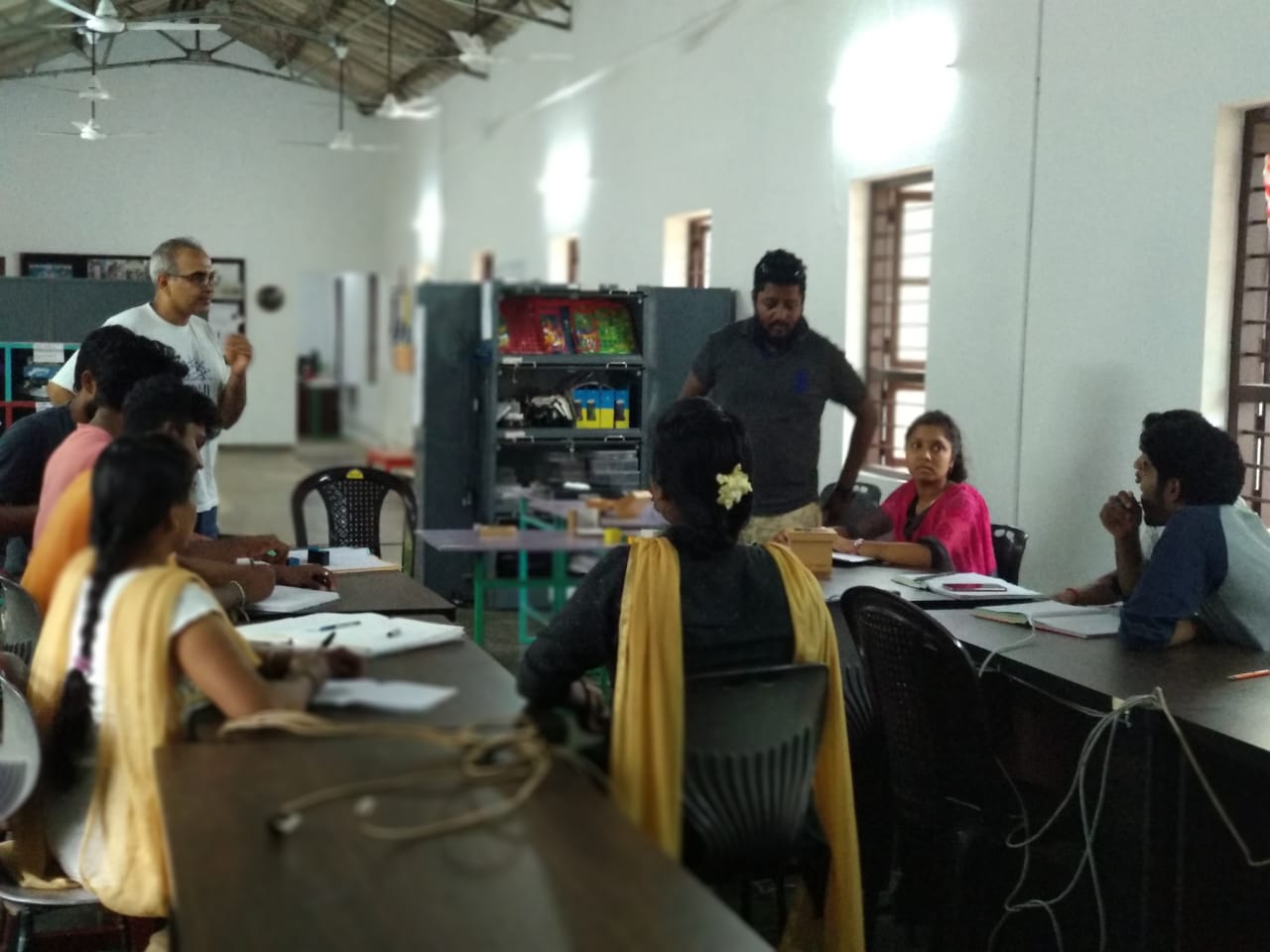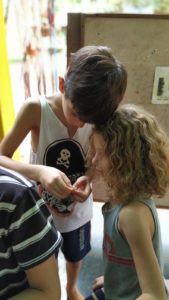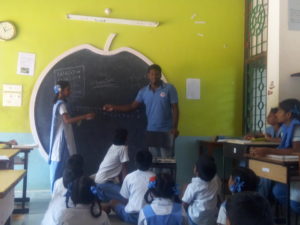Sandhiya, Prabha, Thamizhselvi.
The children of Isaiambalam are undergoing a project called Inspiration. The purpose of the project is to understand the spiritual values. There are 6 teams under it. Real personality is one of them.
The development of 5 aspects i.e. being physically strong, mentally balanced, morally sound, intellectually sharp and spiritually advanced is real personality. It also gives positive thinking that repeated good thoughts, speaking good words and doing good actions will help us developing good imprints and good character in us. The proverb” As you saw, you shall reap ” is a good example of it. The environment you choose is will decide which kind of personality you will become.
If we have thoughts, it will lead us to bad actions and bad thoughts. The same way around, If we have good thoughts, in any situation angels will protect us. These thoughts encourage children to do good activities and they develop their personality with compassionate love.
Learning about this project makes the children build their inner capacities. The children understand that truth is strength, purity, and knowledge. It also helps them to practice that any unwanted thoughts that weaken them should be rejected in life.
While learning the project through songs, scripts, memorizing sayings of Swami Vivekanandha made the children understand that they are the creators of their destiny. They believed that they are glorious and immortal, hence they can achieve anything in the world if they have good thoughts and will power to achieve it.
Through learning this project they understood the importance and the essence of real personality.
Here is the real personality Links and Projects:https://isaiambalamschool.wordpress.com/2019/08/13/real-personality-part-1/



















